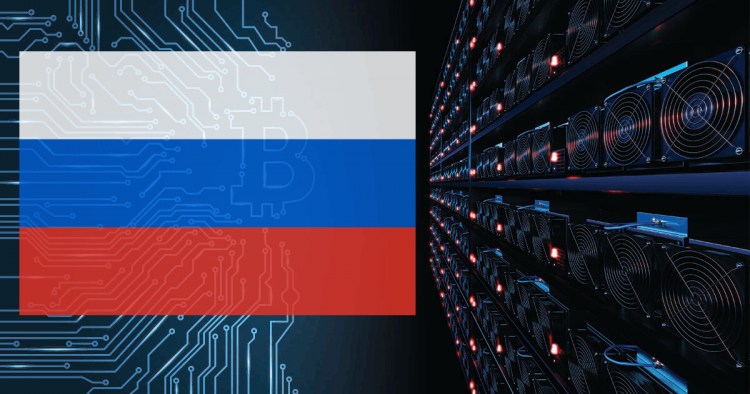- Legal Framework and Industry Registration
- Taxation, Accounting, and Audit
- Regional Differences and Restrictions
- Energy and Infrastructure
- Advertising and Digital Asset Market Regulation
Russia has reached a major milestone: in November 2024, cryptocurrency mining was officially recognized as a legitimate form of entrepreneurial activity. This change came with strict compliance requirements and new regulatory standards. In the year since legalization, the industry has undergone significant transformation—tighter registration procedures, clearer tax rules, regional restrictions, and the emergence of regulated infrastructure.
Below is a concise overview highlighting these developments without diving into market forecasts.
Legal Framework and Industry Registration
The formal legalization of mining is enshrined in law and requires participation in a national registry of miners, maintained by relevant agencies such as tax authorities and specialized ministries. This move brought mining operations into the legal domain, increased operational transparency, and simplified interaction with regulators.
Official guidance emphasizes that registered participants must fulfill tax obligations and report on energy usage and financial flows. As a result, the number of registered entities has been steadily growing, while state agencies have gained tools for industry monitoring and energy planning.
Taxation, Accounting, and Audit
Under the new regulatory framework, miners must now declare their income and pay taxes in accordance with existing tax regimes. This applies not only to large-scale industrial operators but also to individual entrepreneurs and private miners operating within established energy consumption limits.
Regulations now require detailed accounting of electricity usage and revenue from mining, which enhances financial transparency and reduces the risk of tax violations. As the year progressed, regulators refined reporting mechanisms and submission deadlines, allowing miners to plan their operations with greater predictability.
Regional Differences and Restrictions
After legalization in 2024, regional disparities quickly became apparent due to varying levels of energy capacity and grid stability. Some regions imposed temporary bans or limits on mining intensity to protect local power systems and prevent disruptions.
By 2025, several of these restrictions had been eased or adjusted, allowing mining in certain zones provided that operators use self-generated electricity and maintain strict accounting compliance. The result is a patchwork of regional conditions—from flexible jurisdictions to areas where restrictions still apply. For mining operators, staying informed about local regulations and energy availability has become essential for effective capacity planning.
Energy and Infrastructure
Energy infrastructure has become the core focus of regulatory evolution. Mining requires stable electricity supply and transparent consumption tracking. Coordination between miners and energy providers has intensified, and new initiatives promote energy efficiency and grid modernization.
Some regions have introduced special electricity tariffs and incentive programs for energy-efficient mining operations. This approach aims to minimize risks to local grids while improving the economic sustainability of the sector.
Advertising and Digital Asset Market Regulation
New rules now govern the advertising of cryptocurrency services and projects, designed to protect consumers and curb aggressive marketing practices. These measures are part of a broader framework for regulating the digital asset market within a transparent and lawful infrastructure
Supervision, disclosure, and compliance remain central themes for both businesses and users.
What This Means for Industry Participants Today
• For existing miners: Staying compliant with the national registry, tax, and energy reporting requirements is critical. Maintaining detailed energy and income records minimizes risks and improves access to legal financing and infrastructure support.
• For new projects: The first priority is registration readiness and compliance with regional regulations. Choosing optimal locations based on energy availability and local rules is key. Focusing on energy efficiency and precise accounting helps build sustainable operations in an evolving regulatory environment.
• For regulators and infrastructure providers: A unified regulatory framework enhances transparency and simplifies energy planning, laying the groundwork for long-term investment and the adoption of new technologies.
Conclusion
A year after the legalization of mining in Russia, the sector has achieved a more structured legal framework, greater transparency, and adaptation to regional conditions. Despite ongoing restrictions and reporting obligations, infrastructure development and regulatory clarity are paving the way for sustainable, lawful mining operations.
The future of the industry will largely depend on the evolution of energy policy, tax administration, and the continued dialogue between the government, regions, and the business community.

